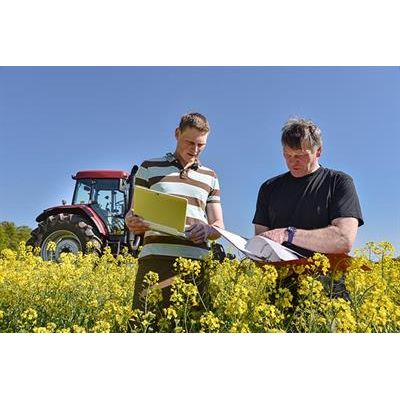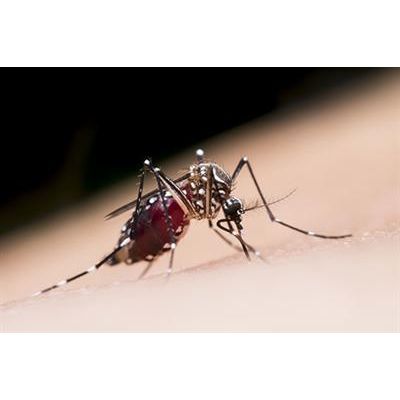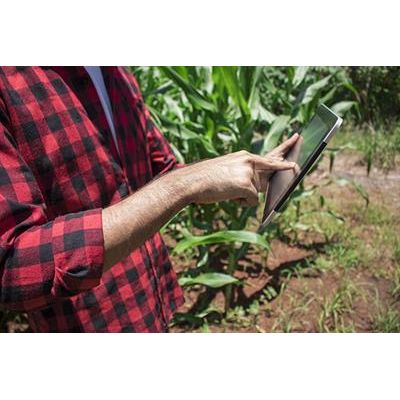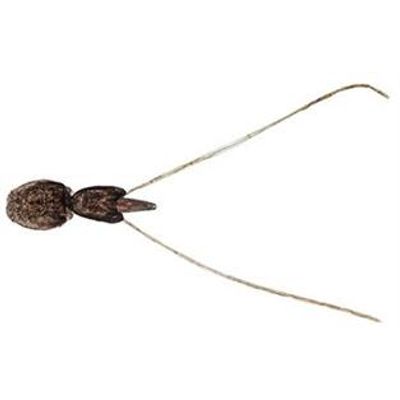
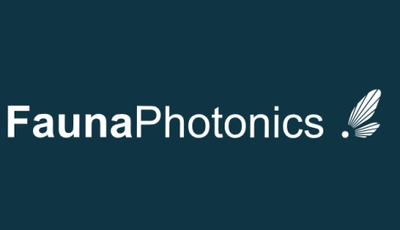
- Home
- Companies
- FaunaPhotonics A/S
- Services
FaunaPhotonics A/S services
Farming Insect Sensor
Insect pests directly damage crops causing significant losses and regular monitoring of fields is a labour-intensive, time-consuming and costly activity. At the same time, efficient pest control that is non-threatening to beneficials and pollinators is a major challenge. The ability to systematically, efficiently and accurately monitor insect populations is key to improved pest control.
Monitoring Insects for Spread Disease
As an example in an experiment in Tanzania our insect sensor device counted over 700.000 insects in five days and observed peak activities of over 1000 insects per minute. We are developing methods to be as species specific as possible and have worked with mosquitos of the Anopheles genus from which some species transmit malaria and Aedes aegypti – a mosquito that spreads dengue, zika, chikungunya and yellow fever. We are looking to enter projects that investigate how these insects behave and how population sizes change over time. We believe improved monitoring is necessary to better determine, which areas of the world need to be treated and re-treated with new intervention programs.
Corporate R&D Tool
Insects play a crucial role in ecosystems being it as pollinator, beneficial or pest, better knowledge about this role is essential to optimize processes in agricultural production. Our technology offers the proven ability to do continuous monitoring of insect populations and spatial mapping of insect activity on a far larger scale than has been possible before. Quantifying aerial insects in indoor and outdoor environments can give insight in a diverse number of essential topics such as pollination efficiency in seed production or dispersion behaviour of pests and beneficials. We can develop instrumentation dedicated to your requirements for you to achieve your research project study goals.
Monitoring Sea Lice
The development objective in this project is to provide fish farms with an optical remote sensing system that will measure the abundance, distribution and movement of larval sea lice, long before they start to attach to the fish or become a production problem.

